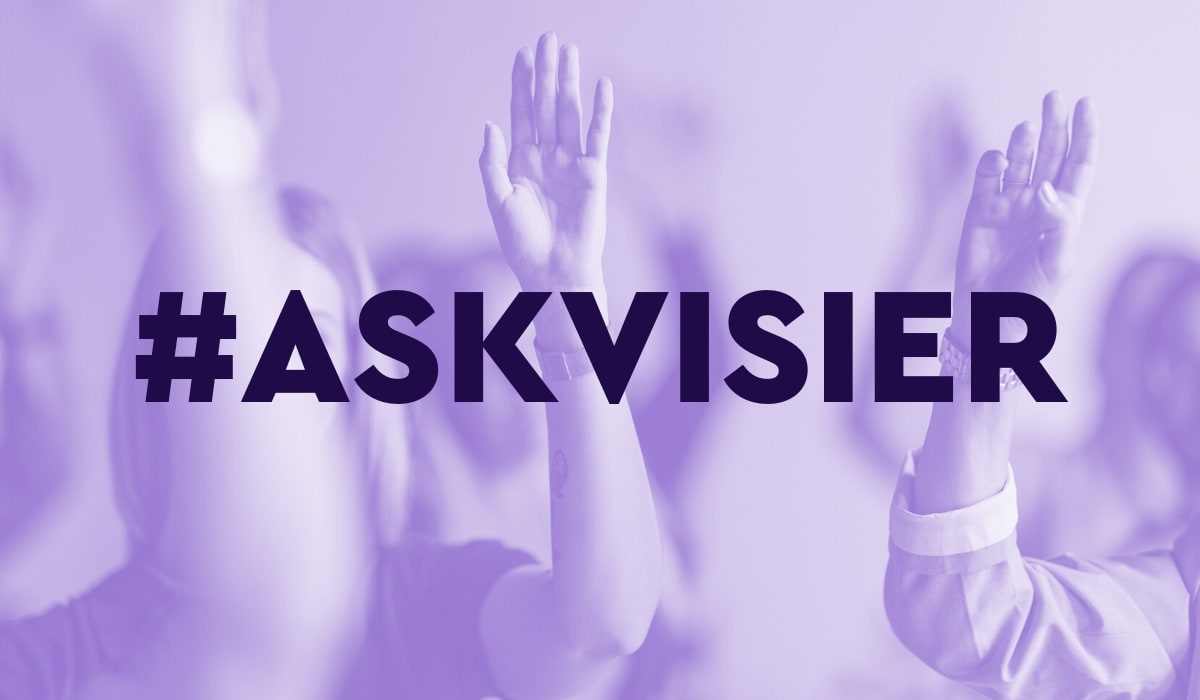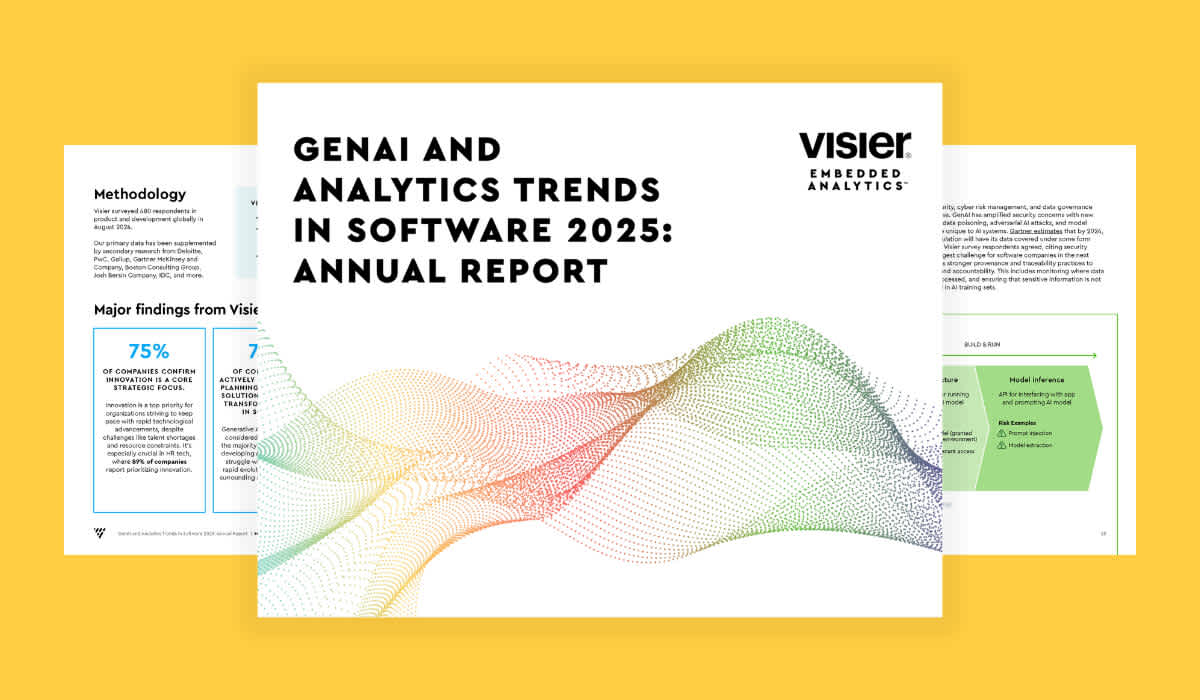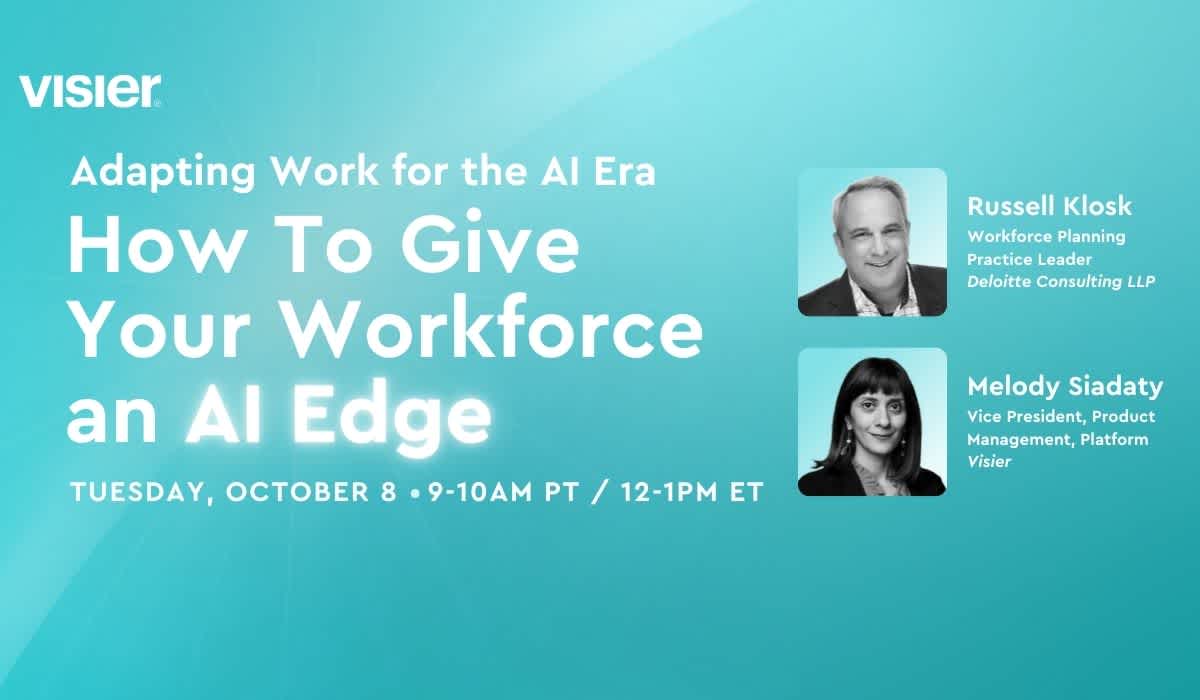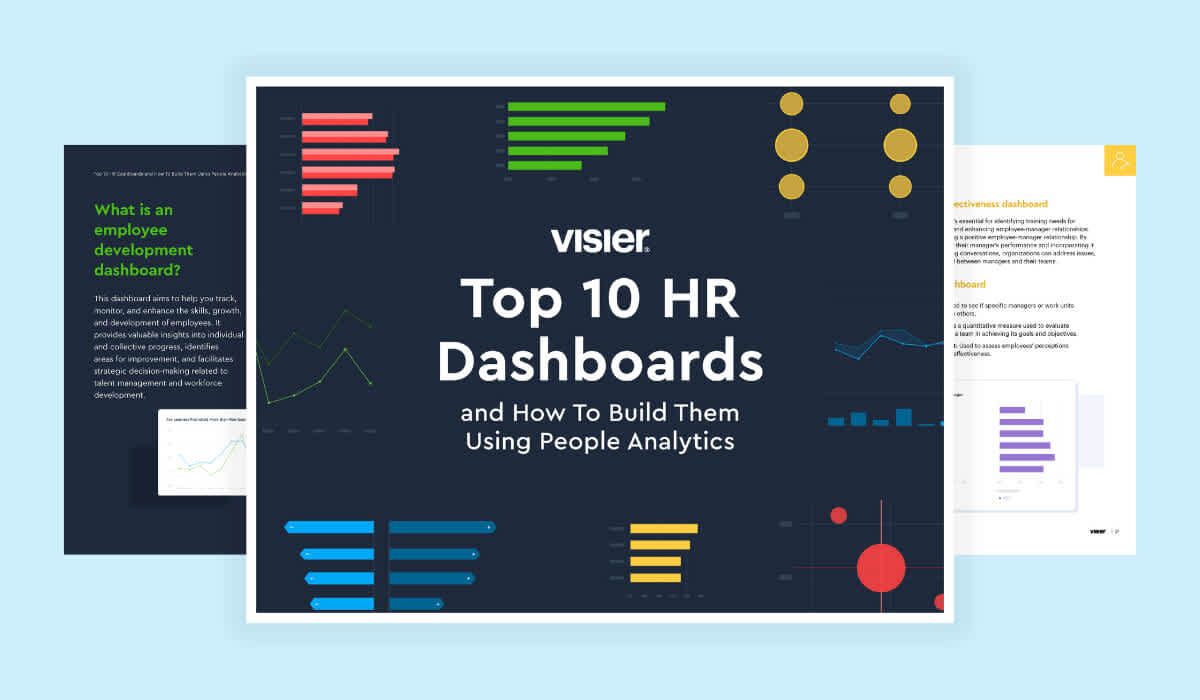Ask Visier: The Top Four Lessons From Implementing People Analytics at Over 100 Companies
Dive into key lessons learned from over 100 people analytics deployments, shared by an experienced practitioner.

"If you build it, he will come".
This iconic line from the 1989 movie Field of Dreams tells the story of a man who constructs a baseball diamond in the hopes of attracting legendary players. Over my 20+ years in the people analytics field, I’ve noticed a similar mindset in many organizations embarking on their analytics journeys: If we build it and make it look good, they will come.
Unfortunately, people analytics deployments rarely succeed on presentation alone. Based on my experience collaborating with more than 100 organizations, there’s no universal recipe for success. However, certain patterns and strategies can significantly increase the likelihood of achieving meaningful outcomes.
Let’s define success in the context of people analytics: a deployment that enables HR and business leaders to collaborate effectively on solving a critical workforce issue. Examples include reducing turnover among high performers, accelerating time-to-hire, or identifying and developing top employee profiles.
Below, I’ve outlined four recurring success factors that I’ve observed throughout my career.
1. Connecting people analytics to a business problem
When asked about the purpose of their people analytics solution, many organizations say they’re using it for broad goals like becoming more data-driven, integrating disparate systems, or offering predictive analytics. While these objectives are valid, they lack the specificity required to drive adoption and deliver value.
For a deployment to succeed, it must address a measurable business or HR problem. Whether it’s reducing turnover, improving time-to-productivity, or meeting diversity goals, linking workforce analytics to concrete outcomes makes the initiative relevant and actionable.

2. Secure an active and engaged executive sponsor
Having an active and engaged executive sponsor is a critical factor for a successful people analytics deployment. This leader must set the vision, define clear goals, and hold other leaders accountable. Without this sponsorship, even the best people analytics solutions can struggle to gain traction.
Consider these two scenarios:
Scenario 1:
A strong executive sponsor sets clear goals and expectations for usage, regularly reviews adoption metrics, and provides recognition—verbal or monetary—to those driving change. They also hold their leadership team accountable when usage falls short of expectations, ensuring alignment and follow-through.
Scenario 2:
The head of people analytics is solely responsible for driving the deployment. They attempt to manage up to key stakeholders, demonstrate value to HR business partners who don’t report to them, and compete for attention against other HR initiatives—all without meaningful support from an executive leader.
It’s clear that Scenario 1 will result in higher organizational impact. However, Scenario 2 is, unfortunately, a more common reality in many organizations.
In my experience, true change happens when senior leaders actively champion an initiative. To illustrate, I often think about my own day-to-day work. Throughout the year, numerous initiatives compete for my time and focus. However, when a senior leader shows strong support for one of these initiatives and regularly checks in with my manager for updates, it becomes a top priority for me.
This is the "rubber hits the road" moment where accountability drives real behavior change. The same principle applies to people analytics: with an engaged sponsor holding their team accountable, the organization is more likely to create a culture where analytics is embraced, valued, and acted upon.
3. Adopting a phased deployment approach
People analytics deployments are most successful when implemented in phases, starting with small pilot groups. Instead of launching with dozens of metrics for every user group, focus first on a subset of HR business partners or other key stakeholders.
This approach allows the people analytics team to gather feedback, refine their solution, and demonstrate tangible value before scaling. As users grow more comfortable with the tool, they’ll naturally progress from basic questions (“How do I do X?”) to more strategic inquiries (“Should we hire externally or develop internal talent for this role?”).

4. Expanding beyond HR
One of the most significant success factors for people analytics is ensuring it reaches business leaders outside of HR. Workforce data is most impactful when placed in the hands of those who manage the workforce.
A common best practice is to deploy the solution to the Finance team after the initial HR rollout. Finance often plays a key role in workforce planning and may have differing assumptions about foundational metrics like headcount. Early alignment with Finance can pave the way for smoother adoption among business leaders.
Closing thoughts and next steps
During my career, I’ve seen many people analytics deployments achieve incredible results. However, I’ve also witnessed well-intentioned initiatives fall short because they failed to address the gap between vision and execution.
To summarize, the top four key lessons I’ve learned include:
A solution built by and for HR that does not connect to the needs of the business will, at best, leave tremendous value potential untapped and at worst, fail.
An active and engaged executive sponsor is critical to providing vision and holding leaders accountable for actions.
Delivering a big bang rollout with 50 metrics to HR and the business concurrently will be overwhelming. Start small, run pilots, gather and incorporate feedback via a phased rollout.
The real value of people analytics is putting it in the hands of the business leaders who manage the workforce. Don’t limit your people analytics deployment to an HR-only audience.
There’s no one-size-fits-all approach to people analytics, but I hope these insights help guide your organization toward a successful implementation. Let’s learn from each other and continue shaping the future of this dynamic field.



